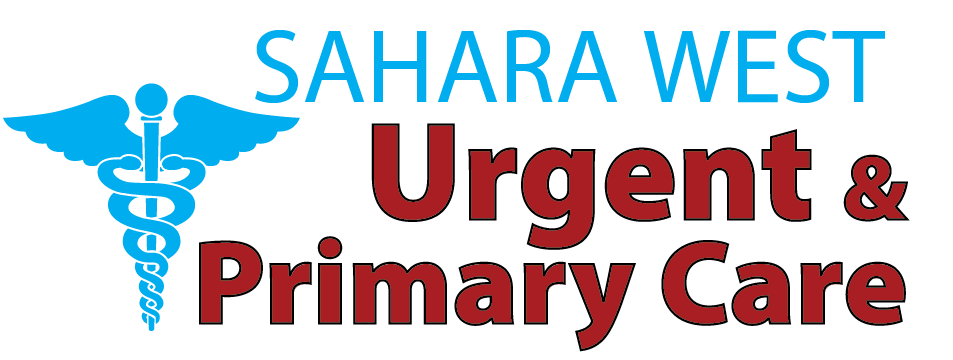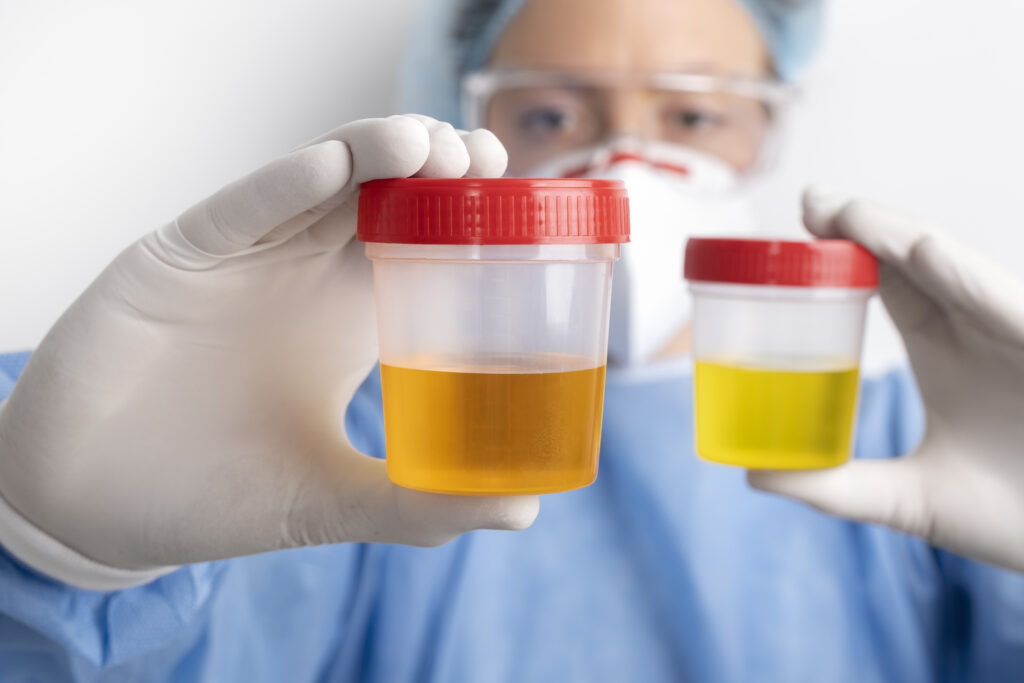A drug test is an examination of a biological sample, specifically examining the presence of drugs or their metabolites, most commonly through urine, blood, saliva, hair, or sweat. Contrary to mere observation, it depends on scientific approaches to give tangible results on substance use. This is an instrument that applies in the medical, legal, employment, athletic, and rehabilitation settings. The establishment of the concept early on allows the reader to have the basics and move into further areas, such as functions and steps to follow.
The Purpose of a Drug Test
There are several reasons why employers and institutions order drug tests: to ensure the safety at the workplace, to check compliance with law or probation terms, to help in clinical diagnosis, or to ensure purity in sports. Drug testing carries in its wake more than a solution to ward off drug abusers, but to ensure safety to the masses, health liability, and ensure trust. The section also answers how various role players, employers, health care providers, law enforcement, and athletic organizations take advantage of testing, something that enables readers to gain context-specific uses.
How Drug Tests Work – The Science Behind It
By essence, drug tests in Las Vegas identify either the parent drug or a metabolite biologically. The detection window differs; drugs such as THC remain in the hair and the urine longer, whereas in the blood or the saliva, a very recent usage can be traced. This section describes the metabolism process of drugs and half-life of drugs, threshold cut-offs, and the distinction between screening tests (such as immunoassays) and confirmation of analysis (such as gas chromatography-mass spectrometry). The knowledge of these mechanisms makes the readers value accuracy, sensitivity, and limitations.
Common Types of Drug Tests and Their Features
Urine Tests
Urine testing is the most common format due to a combination of these three factors of accessibility, sensitivity, and cost. It is perfect when used to screen in the workplace. Urine tests identify the presence of metabolites of drugs and not the active ones, and usually provide a drug window of hours to days, depending on the drug in question.
Blood Tests
Blood drug tests are more invasive, but it is a precise measure of very recent drug use hours. They are often applied in case of medical emergencies, forensic purposes, or after accident analyses, and can be used by professionally trained collectors who give good quantitative values about the active substances.
Saliva (Oral Fluid) Tests
Testing using saliva is not very invasive, and it can be conveniently done in a short period. It is especially suitable where there is roadside screening or on-site testing, and it can detect the use of the drug in a matter of minutes up to a couple of days. Saliva tests are very convenient to use, but perhaps have a slight disadvantage in their detection window when it comes to urine.
Hair Tests
Drug tests of the hair type have a longer duration of drug detection, where they cover a period of substance use to a very extent of 90 days. This renders them ideal to be used in retrospective testing and background checks of employment. But single-time use might not be reflected in the absence of adequate hair growth after intake.
Sweat Patch and Nail Tests
Sweat patches worn over several days provide continuous monitoring, useful in situations such as probation or addiction treatment. Nail samples can also show drug intake over weeks or months. Though less common, these formats offer long‑term data that complement other testing methods
Step‑by‑Step Drug Test Procedure
Before collection, a clear pre-collection guidance starts without taking certain medications, overusing fluids, or fasting in case of necessity. During sample collection, stringent steps are observed: urine collections can be accompanied by their enclosure in secure containers and the close monitoring of their collection by a person of the same gender; blood is collected using sterile protocols and antiseptics; saliva is obtained using swabs; hair is shortened within inches of the scalp. When the issues are transported to certified laboratories, preliminary screening is done. A preliminary positive outcome will always be followed by a confirmatory test with the help of a more precise method, covered by validity. Lastly, there is the categorization of results and their review, which may require a medical review officer as part of trying to interpret the results and consider potential mitigating factors (e.g., medications or medical conditions).
Factors Affecting Accuracy and Reliability
There are a number of factors affecting the efficiency of a drug test Las Vegas. Timing is very important; a test over-early or over-late can miss drug use. Overhydration would result in samples that are diluted and invalid results. False positives can be induced by the cross‑reactivity with legal drugs, such as some antibiotics or OTC drugs. Integrity can be compromised by laboratory errors or a breach of the chain of custody. The section further explores how each of these factors may cause skewing of results, and how labs avoid the effects by incorporating consistent methods and quality control.
Common Drugs Screened in Drug Tests
The common drug panels include testing of drugs such as THC (marijuana), cocaine, amphetamines (including methamphetamine), opioids (such as morphine, oxycodone, and heroin), PCP (phencyclidine), and benzodiazepines. Expanse panels can comprise barbiturates, methadone, synthetic cannabinoids, or designer drugs. This section will give answers to the usefulness of targeting certain substances, windows of detection of types of drugs, and how the changing trends in substance use are guiding the revision of testing panels.
Legal and Ethical Considerations
Drug testing conflicts with the right to privacy, requirements of informed consent, and regulations. The employers are supposed to explain policies, give informed consent, and ensure nondiscriminatory conduct. Chain-of-custody records do not allow tampering or confusion of the samples. Jurisdictions could also require special procedures to be adopted in a legal environment. This segment explains the process of addressing ethics, the rights of different people, and how organizations can be transparent in safeguarding the stakeholders.
Preparing for a Drug Test Effectively
To enhance validity, guidance should be given, including things like not eating certain foods or taking some supplements, drinking in moderation, and coming with needed ID. You should not use detox products or lie in search for some questionable cures that promise to pass the tests. Rather, a moderate measure can be used, truth by acknowledging the prescriptions or health issues and preventing complications that may be unnecessary. This is the advice that will help readers to be aware participants instead of leaving results to luck.
Interpreting Drug Test Results
Results are either negative (no drugs found), positive (amounts of substances surpass cut-off points), inconclusive or invalid (volume too little or too poor), or reported as adulterated or substituted. Medical review officers (MROs) also interpret positives about possible medical causes, prescribed medications, or laboratory errors. The reader acquires the skills of comprehending the language of results, prospects of next actions (one may suggest confirmation tests or appeals), and the methods of expressing worries on a professional level.
Consequences of a Positive Drug Test
The failure to pass a drug test may cause even context-specific repercussions- job-related (written warning, firing, or admission to rehab), court-related (fines, probation extension, or court hearings), and sport-related suspensions. Appeals or retesting are permitted in many systems. This section focuses on common courses of action after a positive outcome, rights to appeal, and useful recommendations on the next steps, so that a reader can plan and think best responses.
Cost Breakdown and Who Bears the Expense
A urine or saliva test can be less than USD 50, whereas blood or hair tests can cost between USD 100 to more than USD 200, depending on the complexity of the test. Workplace testing is often paid by employers, legal or probationary tests may be paid by courts or probation offices, and people cannot finance at‑home or personal screening kits. This provides the readers with a way of conveniently predicting out-of-pocket expenses, claim opportunities, and the means of budgeting, as well as comparison.
Emerging Technologies in Drug Testing
Technological progress is reshaping how drug tests are performed. At‑home rapid kits and portable screening tools offer instant results. Innovations such as lab‑on‑a‑chip devices and wearable sweat monitors provide continuous or near‑real-time data. These emerging formats aim to increase convenience and reduce turnaround time while maintaining accuracy. Future developments could blur the lines between clinical testing and everyday health monitoring.
Myths and Realities in Drug Testing
Myth: Drinking gallons of water will “flush” a drug test.
Reality: Dilution is easily flagged and may lead to retesting or invalid results.
Myth: Home remedies reliably beat tests.
Reality: Labs detect adulterants and abnormal samples; confirmatory tests override simple tricks.
Myth: Hair tests detect single-time use reliably.
Reality: A single exposure often won’t register unless substantial drug incorporation into hair occurred.
By debunking these misconceptions, readers gain realistic expectations and steer clear of scams.
Conclusion
Knowledge of the meaning of a drug test, including the purpose and procedure of a drug test, types of a drug test, and legal aspects of a drug test, is necessary for readers who are going through the processes of employment, legal issues, or medical and personal screening. The application of the different forms of drug tests possesses distinct benefits, constraints, and preferential uses. In case you want an opinion on testing options, results interpretation, or discussing legal rights, do not hesitate to contact or set an appointment with an authorized testing professional now. To schedule your appointment with the highest standard of care, visit Sahara West Urgent Care on our website, where you can also explore more informative blogs.
FAQs
Is it possible to pass a drug test by drinking lots of fluids?
Excessive hydration likely produces a diluted sample, which labs may reject or flag for retest rather than clear as negative.
Can a prescription medication trigger a false positive?
Yes—certain prescription drugs (like codeine or some antibiotics) may cross-react on screening assays. Confirmatory testing usually resolves these situations.
How long is THC detectable in a urine test?
For heavy cannabis users, THC metabolites can remain detectable for up to 30 days; for occasional users, detection is usually within 3–10 days.
Can I request a retest if the result is positive?
Many protocols allow retesting or appeals through a medical review officer. This process often involves confirmation tests or alternate sample sourcing.
Are at‑home drug test kits reliable?
At‑home kits offer quick results but vary in sensitivity and accuracy. If legal or employment decisions depend on results, lab-based confirmatory testing is recommended.





